Reviewed by Corey Noles
You're probably familiar with this scenario: you glance at your Galaxy Ultra's battery level before heading out, see that dreaded 15%, and know you're in for a painfully slow charging session. While Chinese brands have been pushing 100W+ speeds for years, Samsung has stubbornly capped its flagship Ultra series at 45W since 2019. But here's the thing: that's finally about to change.
The Galaxy S26 Ultra is shaping up to break Samsung's six-year charging speed drought. Recent leaks suggest we'll see significantly improved battery charging speeds using new technology that reduces temperatures during charging. We're talking potential jumps to at least 65W fast charging, which could slash full charging times from the current hour-plus marathon to around 40-45 minutes.
What you need to know:
Current reality: Galaxy S25 Ultra tops out at 45W, taking over an hour to fully charge
Competition gap: Chinese brands routinely offer 90-100W charging speeds - literally 4x faster
S26 Ultra promise: Expected 65W+ charging with improved battery safety and lifespan
Strategic shift: Signals Samsung's recognition that premium users expect flagship-tier charging speeds
Why Samsung's been playing it (frustratingly) safe
Samsung's conservative charging strategy wasn't born from technological limitations—it was a calculated business decision rooted in mass market psychology. The company's trove of user data reveals that most users charge overnight, making extreme fast charging seem unnecessary for their core customer base. This insight allowed Samsung to prioritize battery longevity, safety, and reliability rather than chasing spec-sheet numbers.
This approach created a competitive moat through reliability. Samsung's Galaxy S25 Ultra maintains relatively low temperatures during charging compared to some competitors, with peaks around 40.3℃ during 45W charging. While Chinese manufacturers pushed thermal boundaries to achieve 100W+ speeds, Samsung built a reputation for phones that maintained battery health across their extended 7-year software support lifecycle.
But this conservative philosophy created an unexpected vulnerability. As premium users increasingly moved between devices throughout the day—working remotely, traveling more, living more mobile lifestyles—Samsung's charging speeds began feeling genuinely limiting. The brand that once defined premium Android suddenly looked slow beside OnePlus 13's 100W SuperVOOC or Xiaomi's HyperCharge speeds.
What's actually changing with the S26 Ultra
The leaked specs reveal Samsung's strategy evolution: instead of chasing raw wattage numbers, they're leveraging thermal management mastery to enable higher speeds safely. The S26 Ultra will reportedly maintain the familiar 5,000mAh battery capacity—a decision that initially seems disappointing when competitors like OnePlus 13 pack 6,000mAh and the Oppo Find X8 Ultra hits 6,100mAh.
But Samsung's consistency here reflects deeper engineering constraints and advantages. Maintaining 5,000mAh across generations allowed them to perfect thermal management within specific dimensional limits, optimize manufacturing efficiency, and develop charging algorithms specifically tuned for this capacity. Now, Samsung has reportedly been testing new battery technologies that offer reduced temperatures during charging, potentially enabling those higher wattage speeds without sacrificing the battery health advantages that justified their conservative approach.
The timing aligns with broader industry shifts. GaN (gallium nitride) technology is hitting tipping points across multiple industries, enabling more efficient power delivery in smaller, cooler packages. This technological maturation gives Samsung a pathway to offer 65W or higher charging while maintaining the thermal discipline that's become their competitive advantage in long-term battery reliability.
The bigger picture: finally catching up or playing catch-up?
Samsung's charging evolution reveals something fascinating about their market positioning recalibration. The company spent years optimizing for the masses while Chinese brands captured enthusiast mindshare through aggressive specs. Now, as smartphone replacement cycles extend and premium users demand more from flagship investments, Samsung faces pressure to satisfy both camps simultaneously.
The S26 Ultra's rumored upgrades suggest Samsung believes they've solved this equation. We're not seeing attempts to match extreme 120W+ speeds some brands offer, but rather a calculated jump to at least 67W speeds that show up on premium Motorola smartphones. This positioning acknowledges that modern flagship users—whether they're power users managing multiple devices or casual users dealing with busier lifestyles—need faster charging without sacrificing the reliability that justifies premium pricing.
Combined with the phone's expected slimmer 7.x-mm frame (down from the current bulky 8.2mm), faster charging represents Samsung's bid to reclaim the premium experience crown. They're betting that thermal management mastery plus years of charging algorithm refinement will deliver superior real-world charging experiences—not just impressive wattage numbers.
This shift also signals Samsung's confidence in competing directly with Chinese brands on performance metrics while maintaining ecosystem integration and software support advantages that still differentiate Galaxy devices in premium markets.
What this means for your next upgrade
The S26 Ultra's charging improvements represent more than spec sheet updates—they address the fundamental lifestyle mismatch between how we use phones today versus Samsung's charging philosophy from 2019. The jump from current Galaxy S25 Ultra charging times of over an hour to potentially 40-45 minute full charges transforms daily usage patterns for anyone juggling work, travel, and personal device needs.
Beyond practical benefits, this upgrade signals Samsung's recognition that premium positioning requires premium performance across all aspects of the user experience. The company's willingness to accelerate charging speeds while maintaining their thermal discipline suggests they've found a sustainable way to compete with Chinese flagships without sacrificing the longevity and reliability advantages that justify their pricing.
For Galaxy ecosystem users, faster charging also enhances multi-device workflows—enabling more flexible device rotation between phones, tablets, and wearables without the charging bottlenecks that currently limit seamless transitions. Samsung's charging evolution isn't just about catching up to competitors; it's about enabling the mobile-first lifestyle their premium customers increasingly demand while preserving the engineering philosophy that built customer loyalty over the past decade.




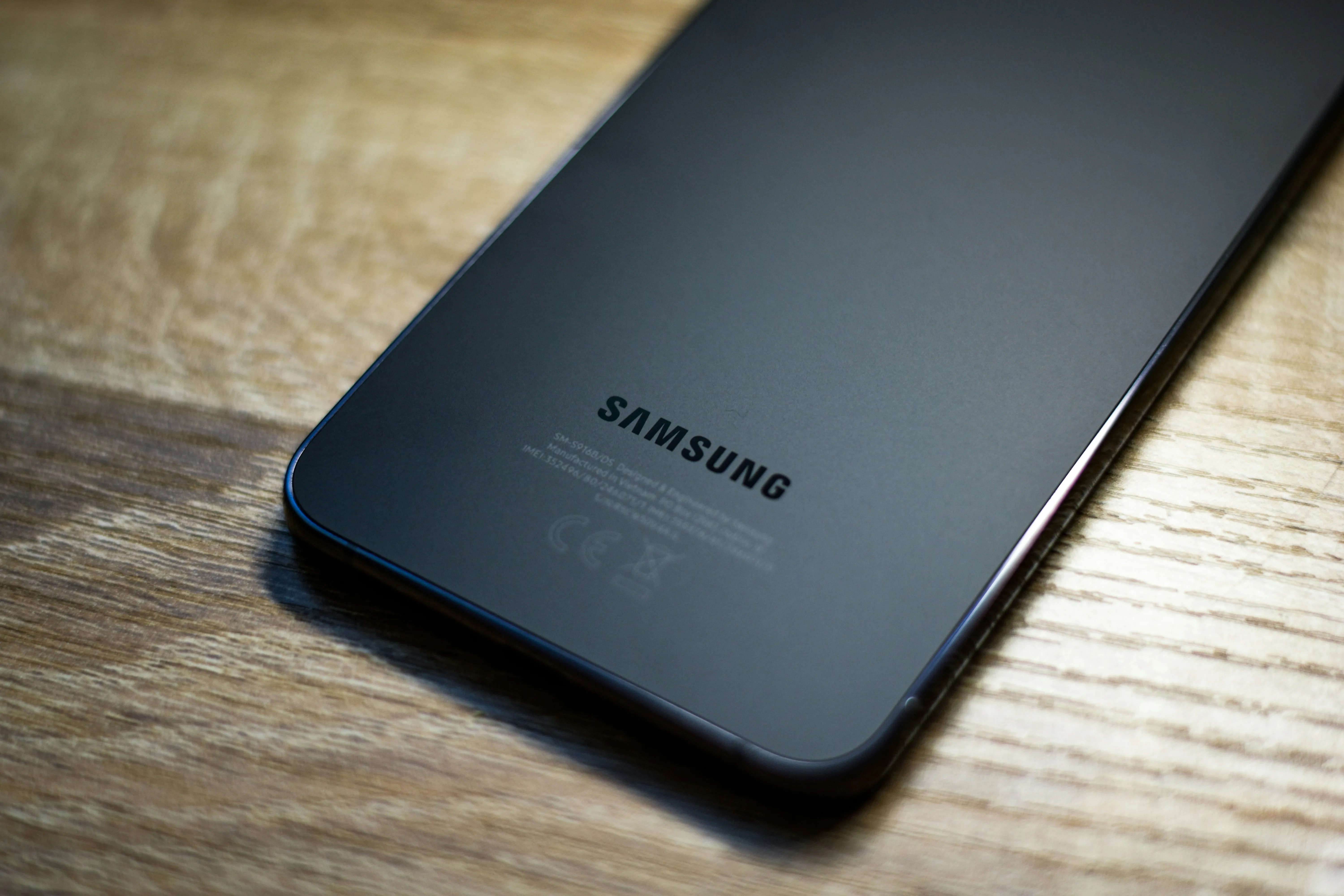
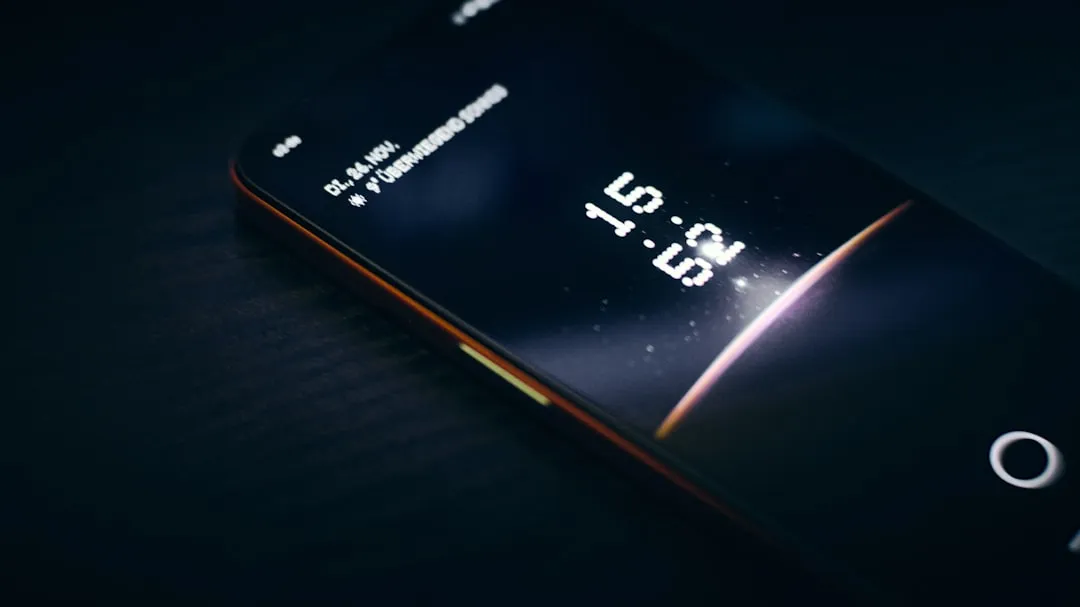

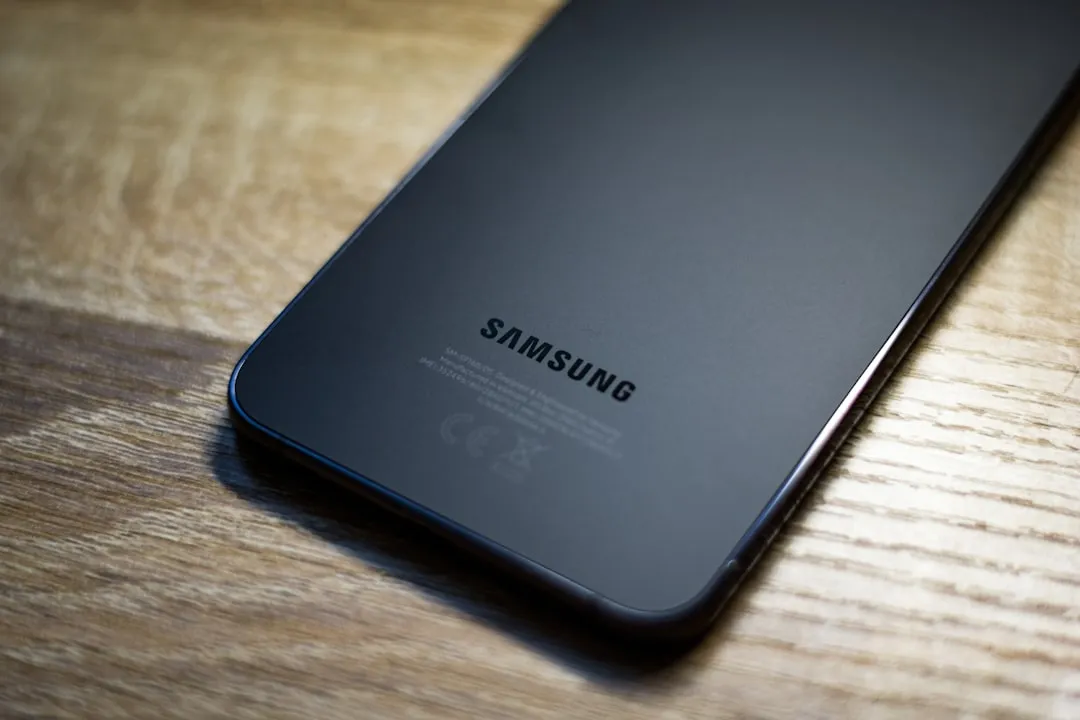

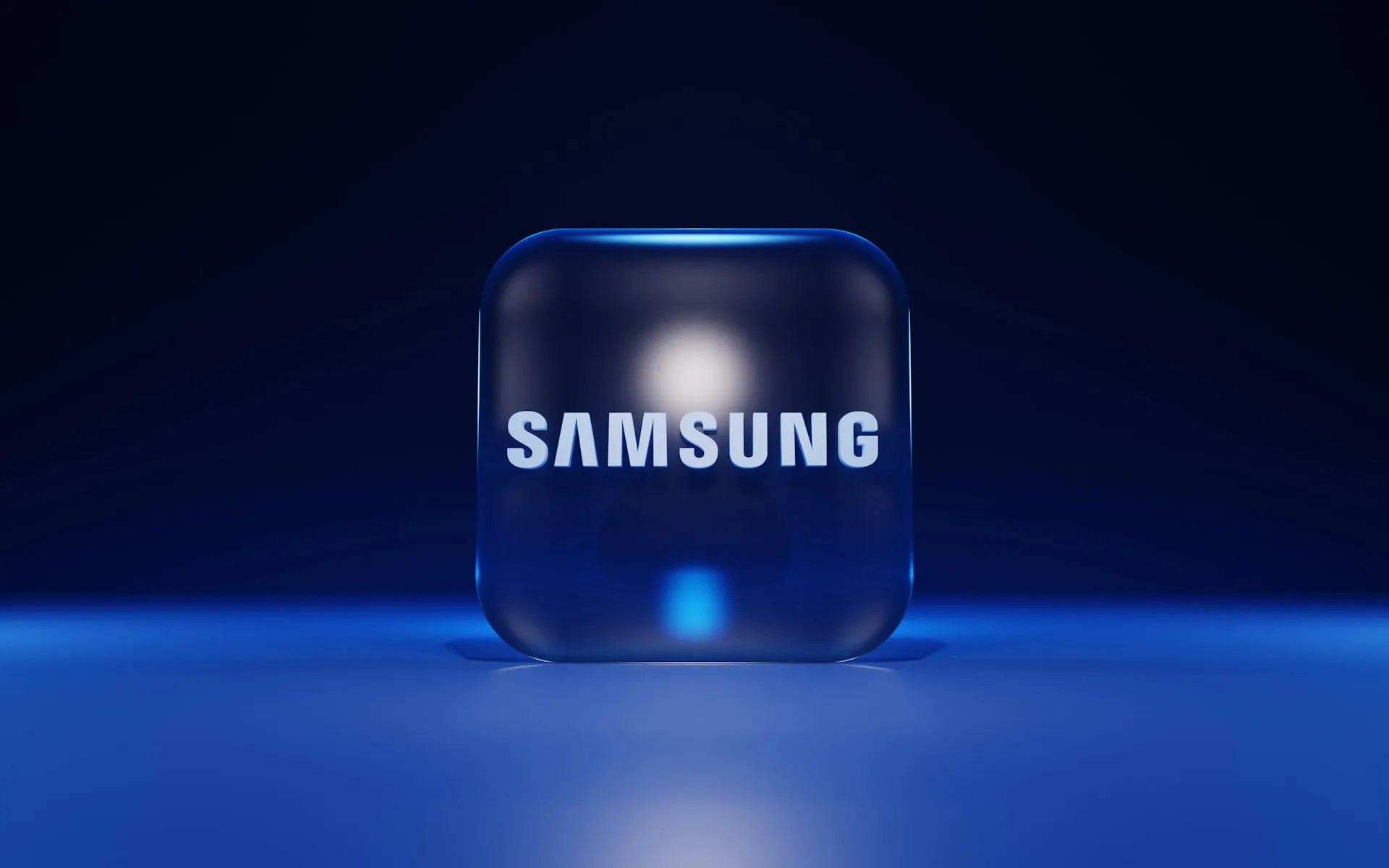
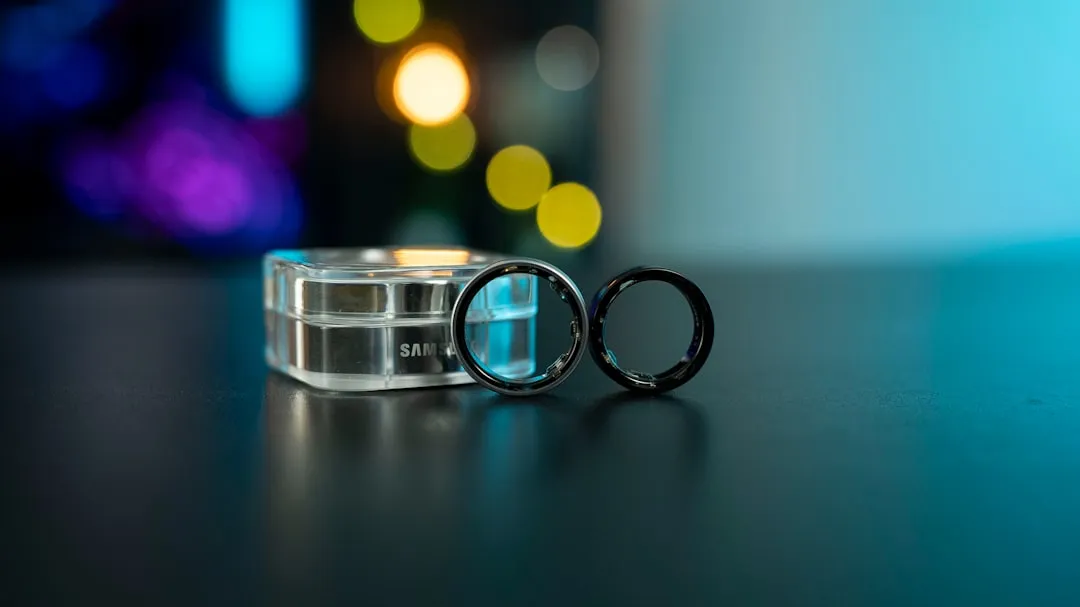

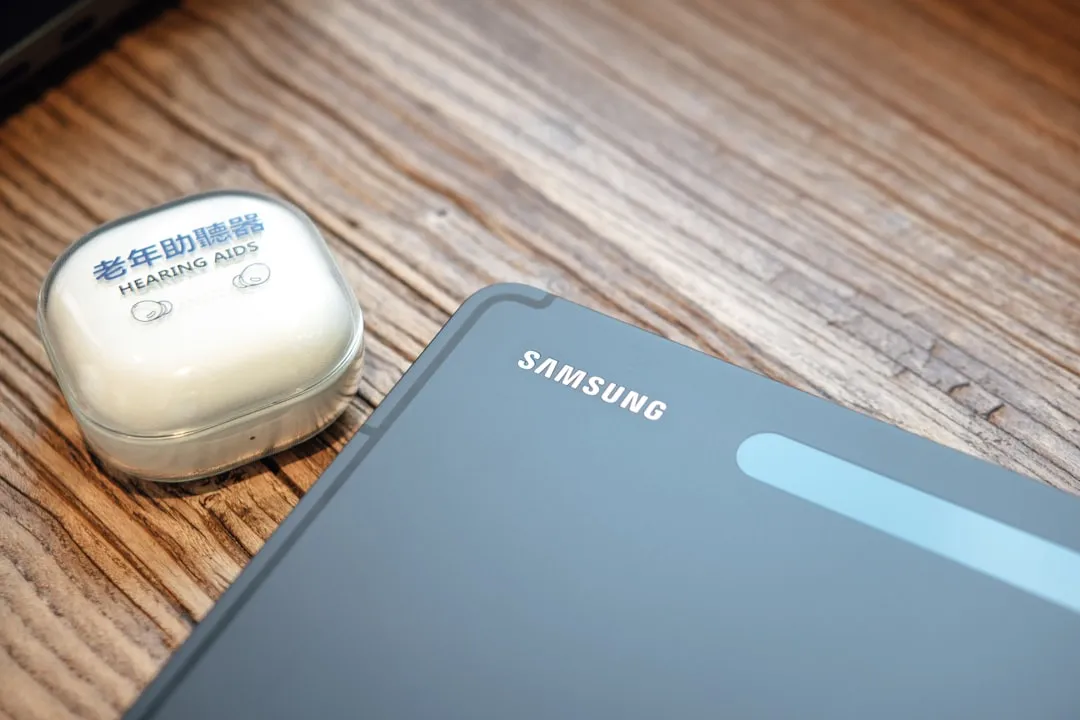
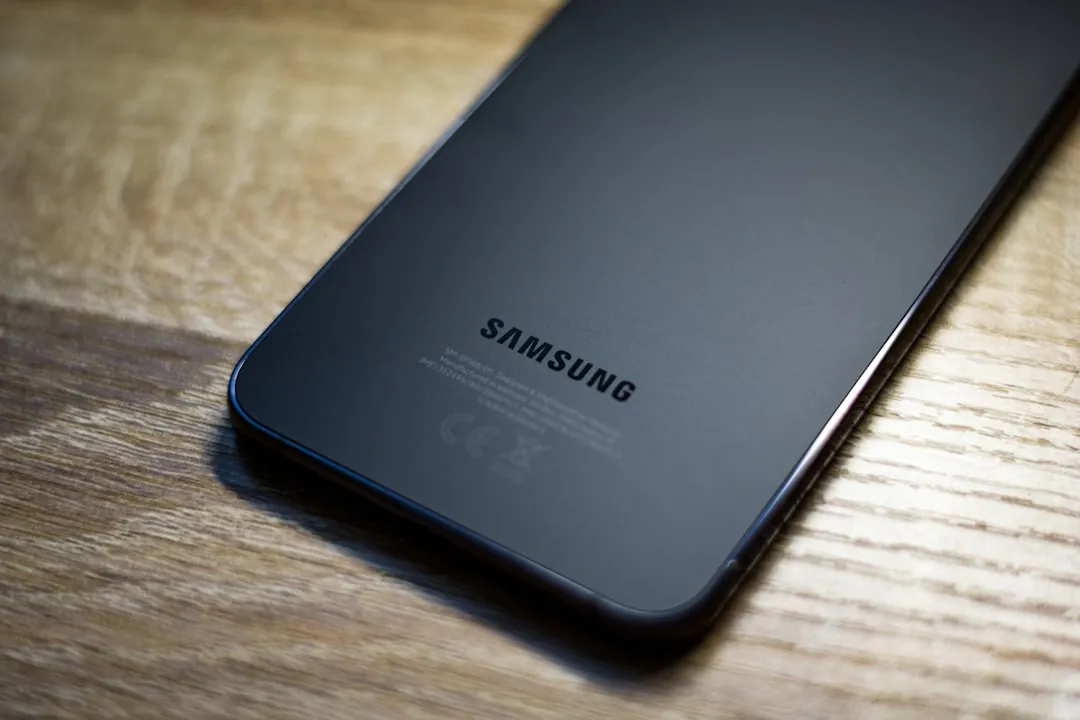



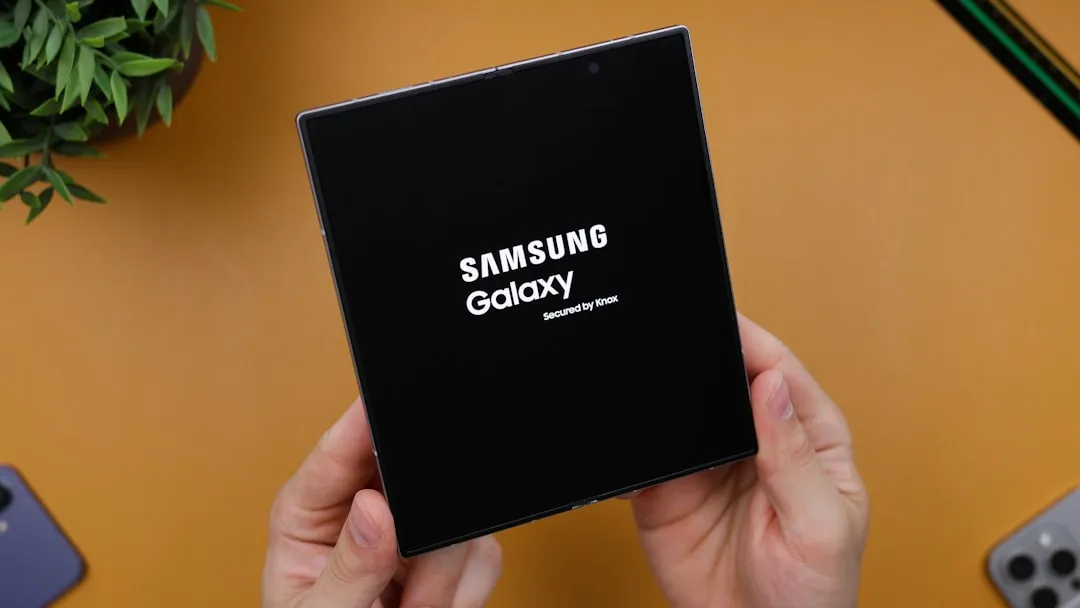
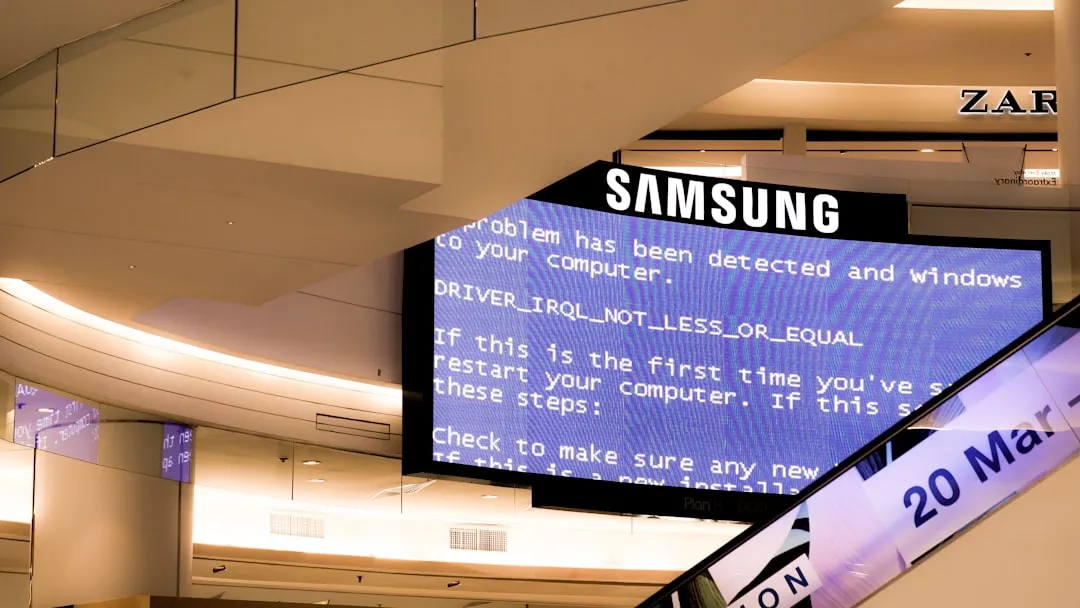
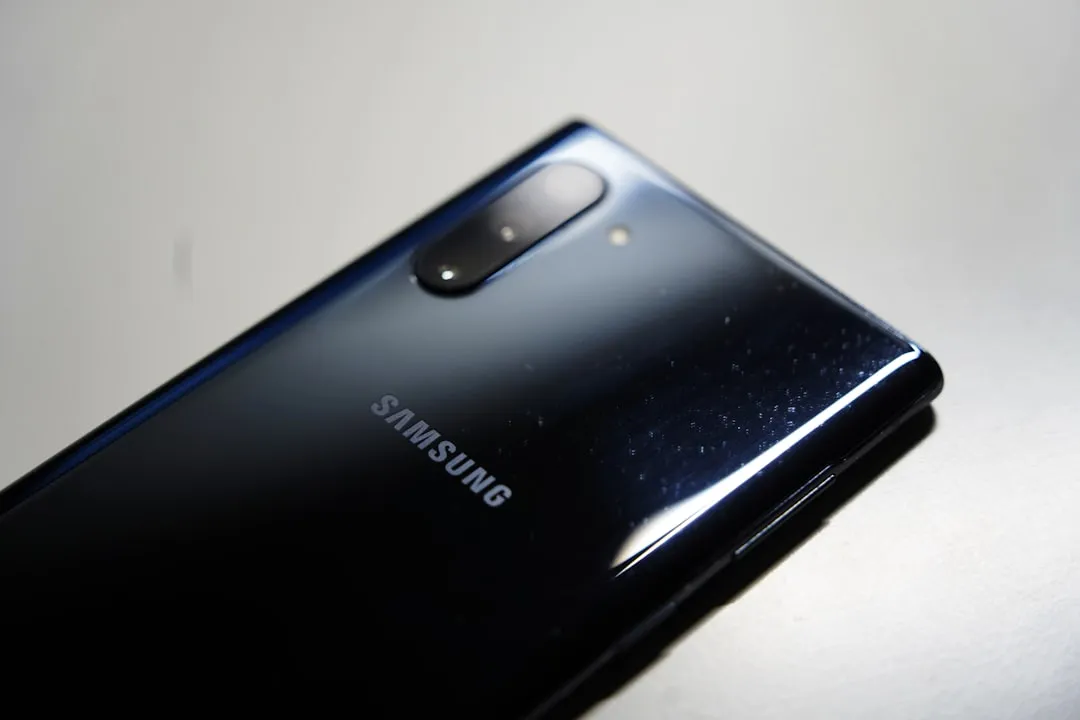
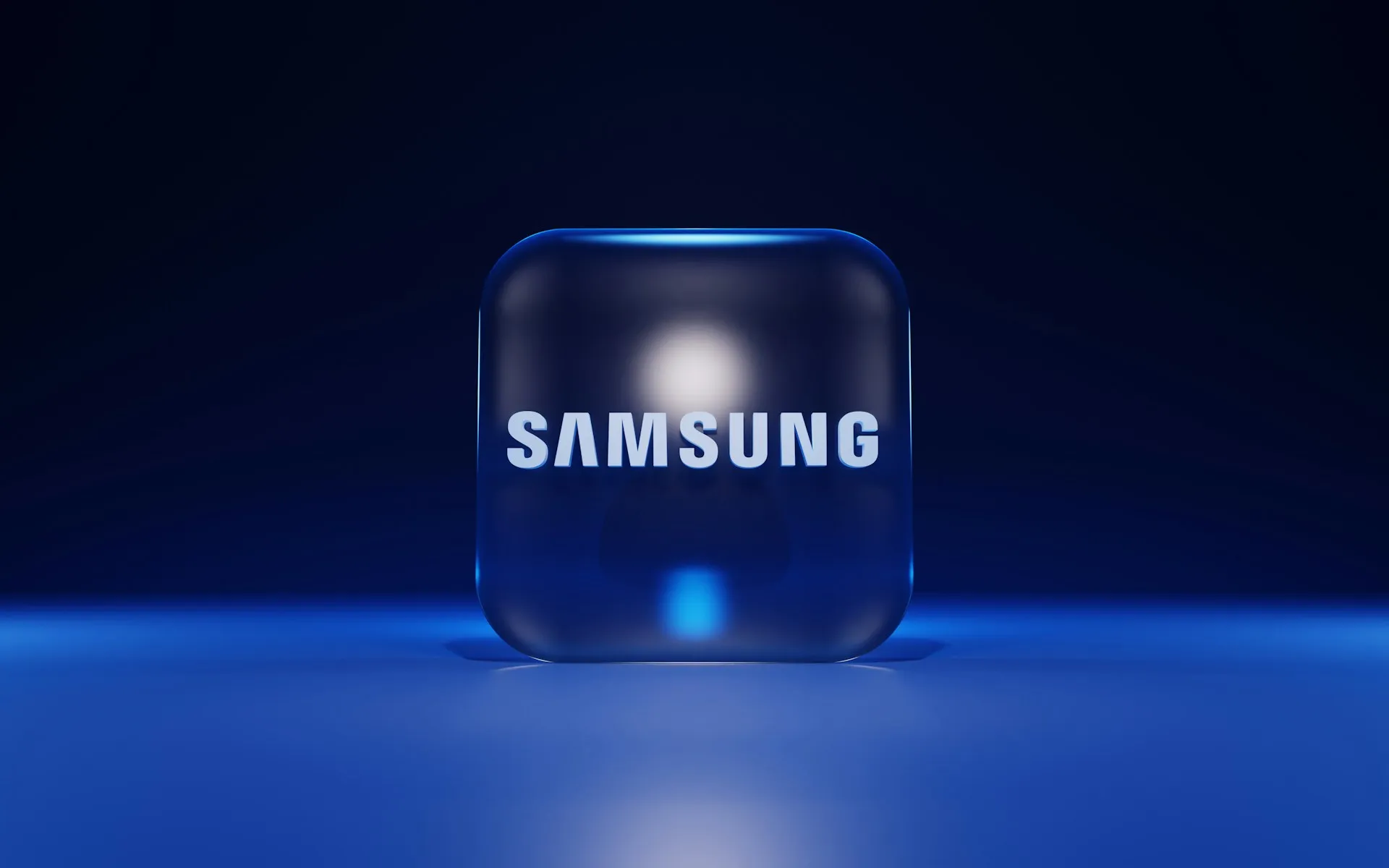
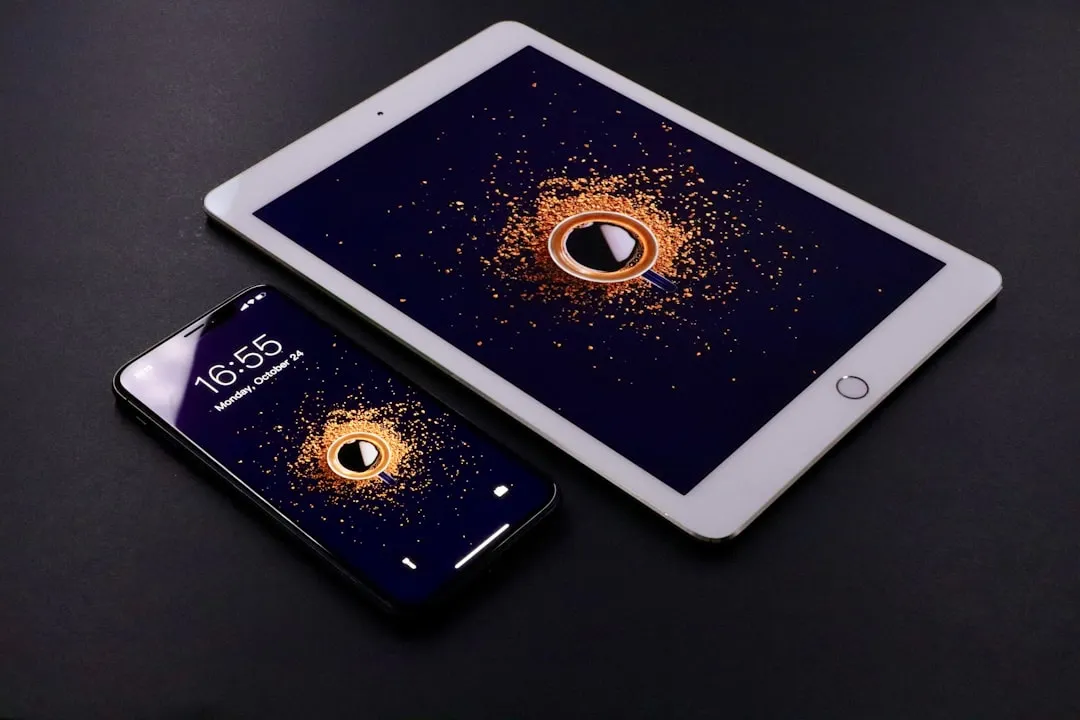
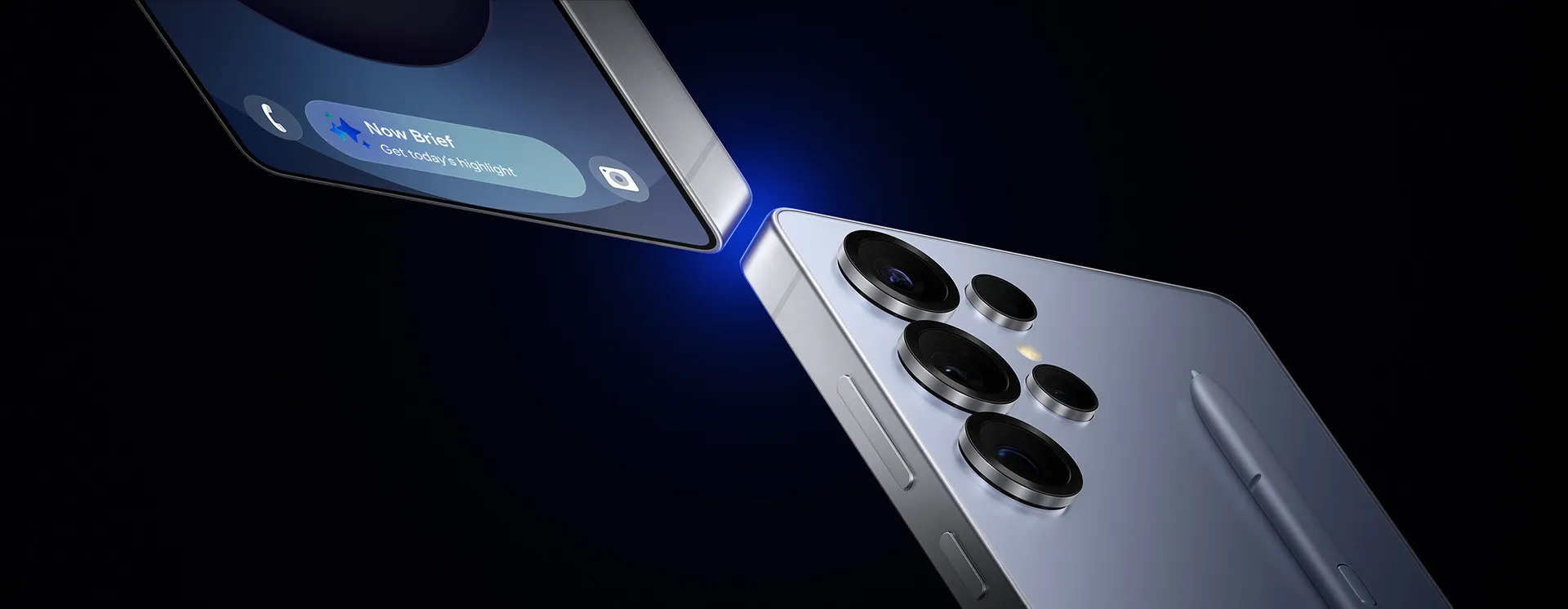

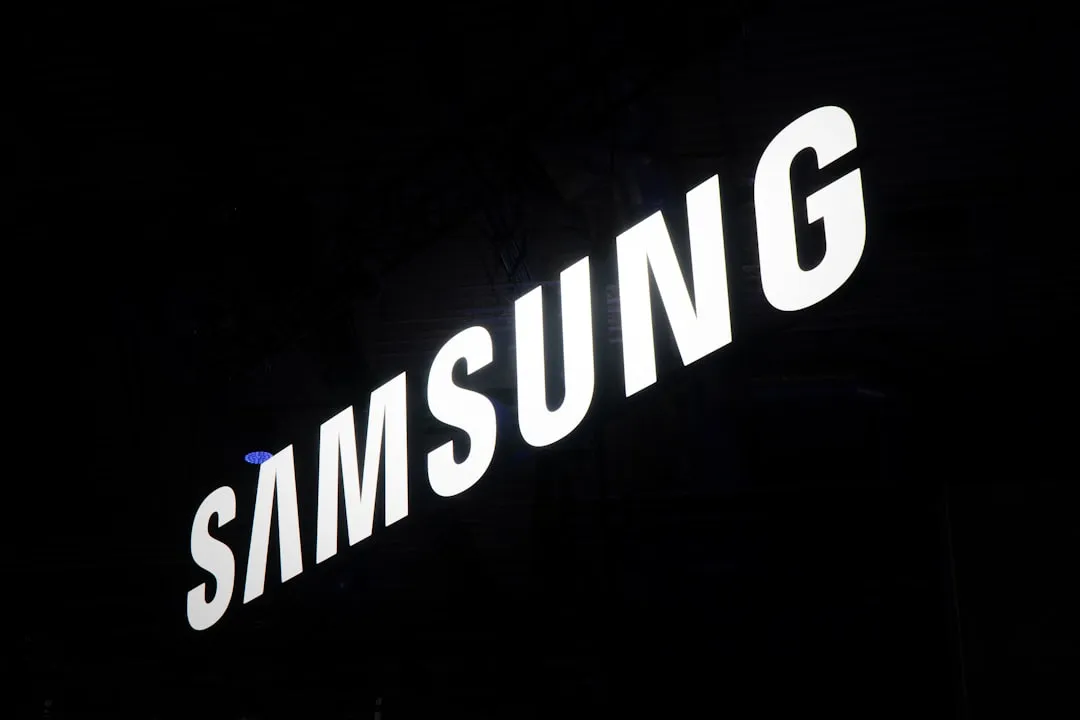
Comments
Be the first, drop a comment!